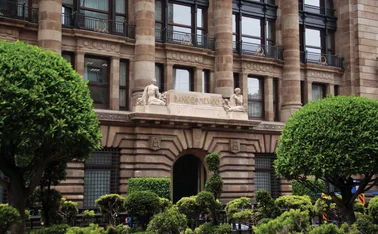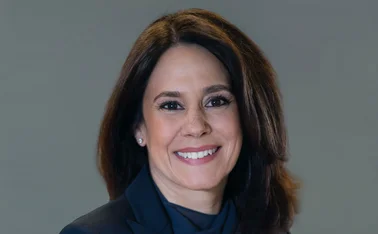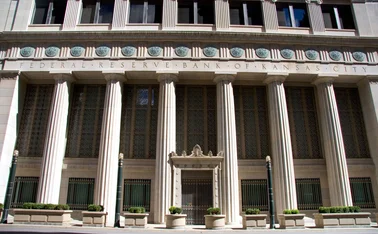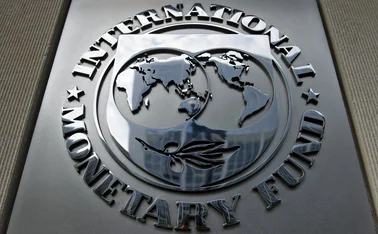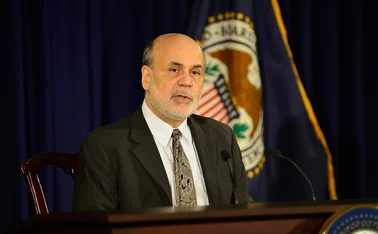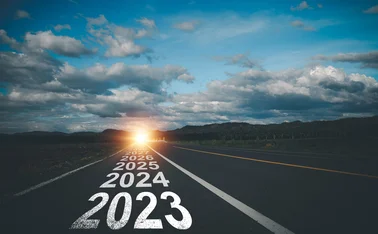
New links in the industrial chain

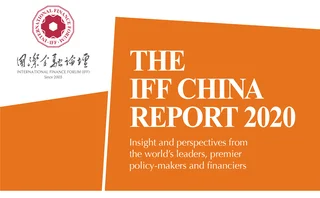
Since it was proposed by President Xi Jinping in 2013, the Belt and Road Initiative (BRI) has received a positive response from more than 100 countries and international organisations. After six years of steady progress, the BRI has entered a new stage with a new focus on high-quality, in-depth and solid development.
Deeper integration
Among the BRI’s five connectivity principles is infrastructure, highlighting the centrality of construction to the project. Countries along the BRI have huge infrastructure demand and a need for related investment. According to the Global Infrastructure Hub, international infrastructure investment will need to grow by US$94 trillion by 2040. In 2024, the investment gap in energy, telecommunications, transport (airports, ports, rail and road) and water will be $818 billion. Participating in BRI infrastructure projects therefore presents a huge opportunity for international capital markets.
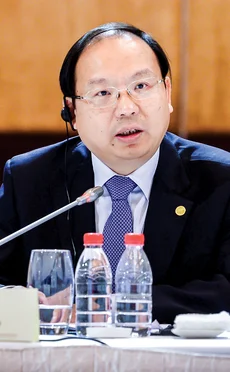
However, in light of information asymmetry in global capital markets, underdeveloped participation mechanisms, incompatible financial regulation, imperfect risk-sharing mechanisms and even the absence of legal construction in some countries, international capital faces challenges when financing BRI projects. On one hand, there is a huge demand for infrastructure investment, and international financial capital – including private capital – is relatively abundant. Thus, there exists a need to explore the path, methodology and mechanism to bridge the capital gap and address this huge demand.
During a state visit to Greece in November 2019 a contract was signed by participating corporates and witnessed by state leaders for a $300 million solar power project. The project is being invested in by London-based Nur Energie and financed by the Industrial and Commercial Bank of China, the National Bank of Greece and the Black Sea Trade and Development Bank. The credit guarantee agency was a UK company, and the general contractor was the China Gezhouba Group Corporation (CGGC). This is an example of collaboration between financial institutions, including credit insurance institutions, commercial banks and development finance institutions, providing services and financial support for the BRI projects that will result in a net increase in people’s wellbeing.
Multilateral co-operation across the industrial chain
As President Xi has stated on several occasions, the BRI is not simply China’s initiative, but a journey for every single country worldwide to embark upon. Either in infrastructure construction, trade or other aspects, there is an industrial chain for each business that combines the strength of technologies, products or finance in numerous countries to achieve win‑win co‑operation.
At present, 17 BRI projects conducted by the CGGC have adopted a model of multilateral, bilateral, multiparty and third-party co-operation. Angola, for example, is currently undertaking the largest hydropower project in Africa, with a total investment of $4.5 million. The Caculo Cabaça project uses German generator technology and Chinese financing, with the CGGC as the engineering procurement construction contractor: a great example of successful multilateral co-operation.
A thermal power project recently approved by the government of Bosnia and Herzegovina uses equipment from the US’s General Electric and is financed by the Export-Import Bank of China. The general contractor is the CGGC, which integrates technologies and products from all parties.
A desalination project worth upwards of $600 million in Dubai uses French technology, Chinese products and civil engineering and is financed by Saudi Arabian power company, ACWA Power.
These examples are great use-cases of international capital and technology working together and leveraging the construction advantages of Chinese enterprises. Every country involved benefits from these initiatives.
Creating value through investment in BRI projects
Different control principles should be set up according to different sources of investment and financing to ensure the sustainability of the BRI:
1. In many developing countries, the supply of public goods still relies on external financing and construction. In this regard, it cannot break away from the economic development level and geopolitics of the host country. It is irrational to blindly pursue a great scale and amount of investment and financing, which may go beyond a country’s capacity to repay its debt. The primary principle, then, is to act according to one’s own ability.
2. For debt financing, some projects, identified as having relatively good income flow, are guaranteed by sovereign credit of the host country or invested through development financing and integrated with international capital. In these instances, we must first ensure the feasibility of a return on investment for the project. The investment risk of this project can then be managed, and investment, financing, engineering, procurement and construction contractors will all receive a reasonable return.
3. In areas where purely commercial social capital enters – including public-private partnership and build-operate-transfer models – governments must improve the business environment and governance frameworks. They also need to implement clear legal mechanisms for foreign investment access so foreign investment and international financing can be confident. There is an abundance of projects awaiting international investment. This gap can be closed by good governance, a favourable business environment, sound legal support and predictable investment returns. Only in this way can the risks of financing be kept under control, and local economic and social development be sustainable.
Only users who have a paid subscription or are part of a corporate subscription are able to print or copy content.
To access these options, along with all other subscription benefits, please contact info@centralbanking.com or view our subscription options here: http://subscriptions.centralbanking.com/subscribe
You are currently unable to print this content. Please contact info@centralbanking.com to find out more.
You are currently unable to copy this content. Please contact info@centralbanking.com to find out more.
Copyright Infopro Digital Limited. All rights reserved.
You may share this content using our article tools. Printing this content is for the sole use of the Authorised User (named subscriber), as outlined in our terms and conditions - https://www.infopro-insight.com/terms-conditions/insight-subscriptions/
If you would like to purchase additional rights please email info@centralbanking.com
Copyright Infopro Digital Limited. All rights reserved.
You may share this content using our article tools. Copying this content is for the sole use of the Authorised User (named subscriber), as outlined in our terms and conditions - https://www.infopro-insight.com/terms-conditions/insight-subscriptions/
If you would like to purchase additional rights please email info@centralbanking.com
Most read
- Supervisors grapple with the smaller bank dilemma
- Fed policy-makers disagree over risks
- Central bank of the year: Central Bank of Brazil
